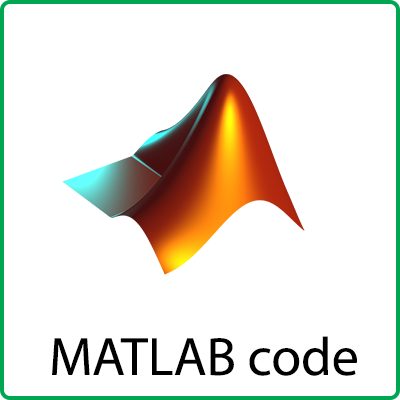Description
Abstract
Face recognition algorithms perform very unreliably when the pose of the probe face is different from the gallery face: typical feature vectors vary more with pose than with identity. We propose a generative model that creates a one-to-many mapping from an idealized “identity” space to the observed data space. In identity space, the representation for each individual does not vary with pose.We model the measured feature vector as being generated by a pose-contingent linear transformation of the identity variable in the presence of Gaussian noise. We term this model “tied” factor analysis. The choice of linear transformation (factors) depends on the pose, but the loadings are constant (tied) for a given individual. We use the EM algorithm to estimate the linear transformations and the noise parameters from training data. We propose a probabilistic distance metric that allows a full posterior over possible matches to be established. We introduce a novel feature extraction process and investigate recognition performance by using the FERET, XM2VTS, and PIE databases. Recognition performance compares favorably with contemporary approaches.
Introduction :
FACE recognition systems can now achieve high performance under controlled image conditions. One of the greatest remaining research challenges in face recognition is to recognize faces across different poses, expressions, and illuminations [42]. In this paper, we address face recognition across poses, although our method is equally applicable to illuminations or expressions. In particular, we examine the worst case scenario, in which there is only a single instance of each individual in a large database, and the probe image is taken from a very different pose than the matching gallery image. Under these conditions, commercial systems flounder: In the 2002 Face Recognition Vendor Test (FRVT) [25], 10 commercial systems were tested in an identification task, using 87 subjects with a 45 degree horizontal pose difference.
The best achieved less than 50 percent correct rank-1 identification. In this paper, we present an algorithm that can produce significantly improved recognition performance, even when the pose variation is very significant.
Although the problem of face recognition across poses may seem esoteric, it has important real-world applications.
Current face recognition systems require the implicit cooperation of the user, who is required to stand in a certain place, face the camera, and maintain a neutral expression.
However, there are many situations where such a cooperation is not possible:
- Face recognition from security footage. People may be entirely unaware that the camera is present, and the positioning of cameras makes it unlikely that a pure frontal image will ever be captured. Indeed, in our previous work, we have developed a novel sensor that can capture high-quality human faces over a wide
area [9]. - Face recognition in archive footage. There are many applications in which face recognition might be applied to archived photo or video footage. Examples include the semiautomatic labeling of identity in collections of photos, generating cast lists for movies and Internet searches for a given face image.
- Face recognition for HCI and ambient intelligence. There is a trend for computational devices to become smaller and more ubiquitous and to have more natural styles of interaction with the users. It is likely that future computational devices will have the ability to recognize their users rather than to demand an explicit logon procedure. It would be preferable for the user not to have to cooperate with this procedure by standing in a certain position.
Output :




Reviews
There are no reviews yet.